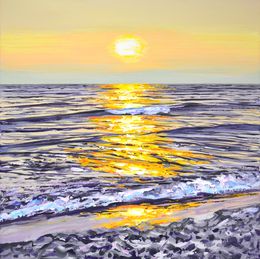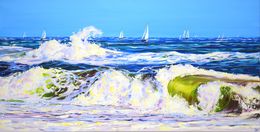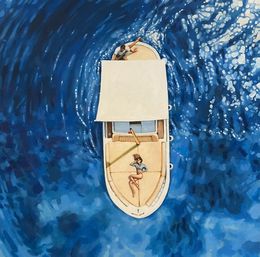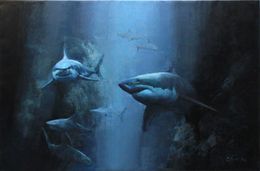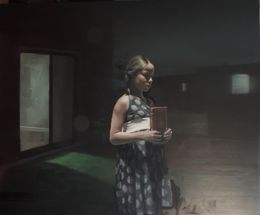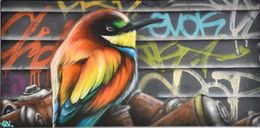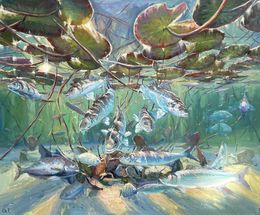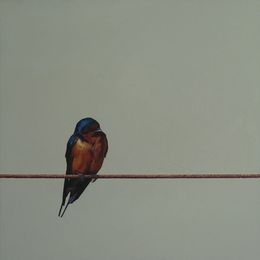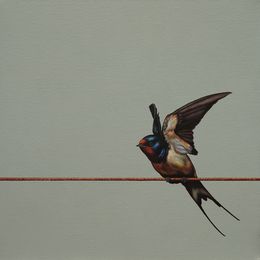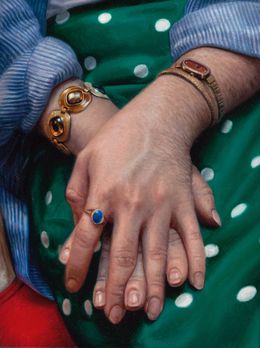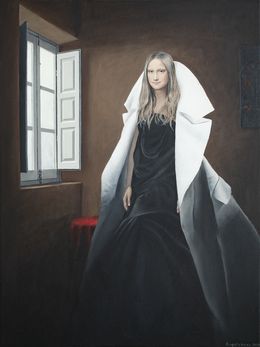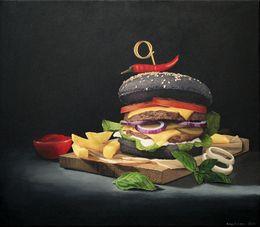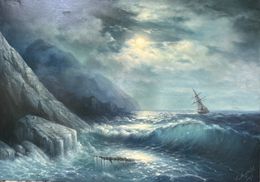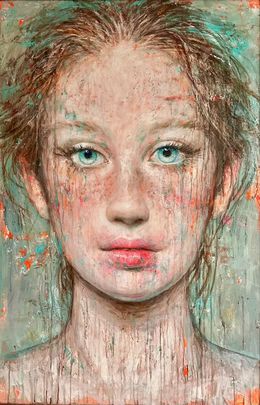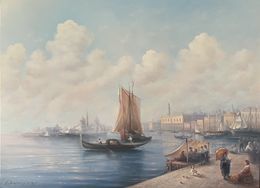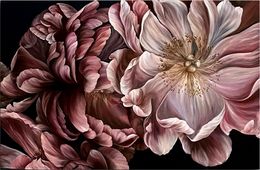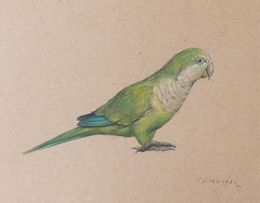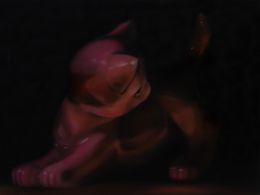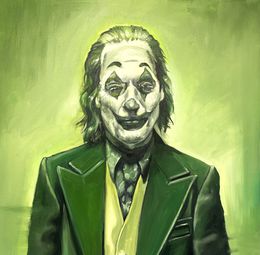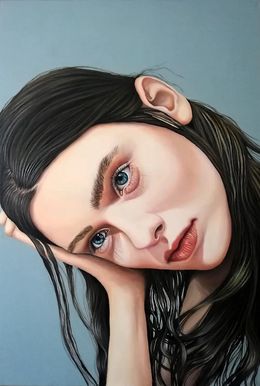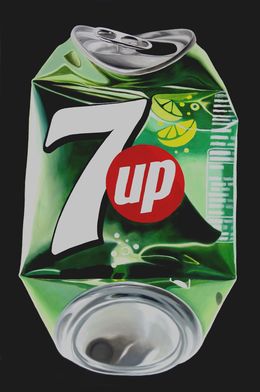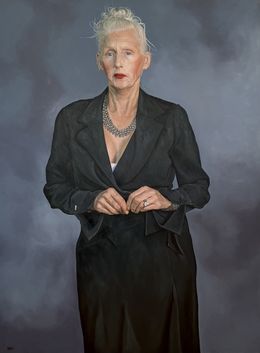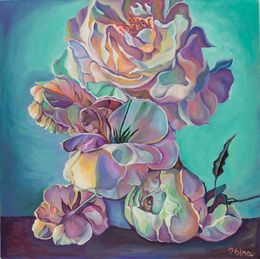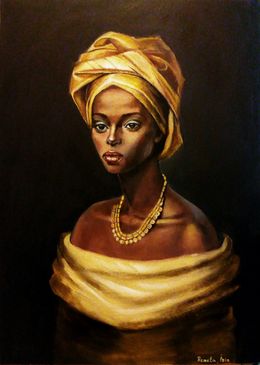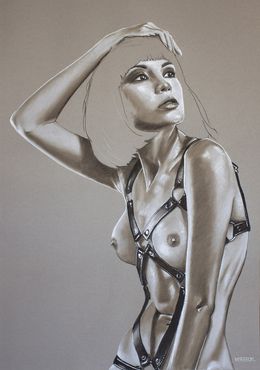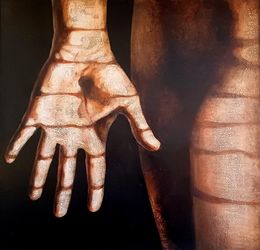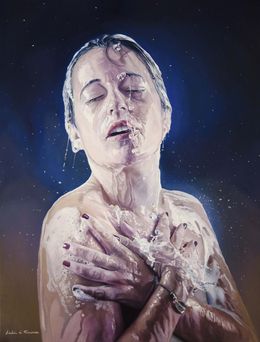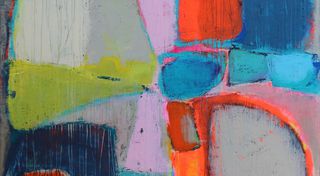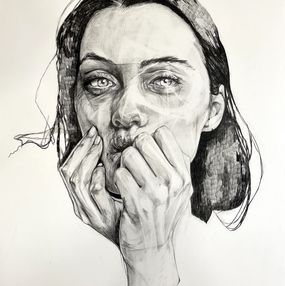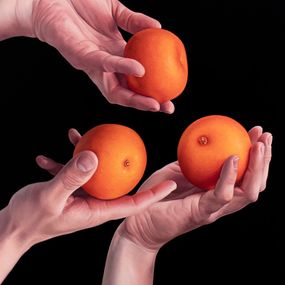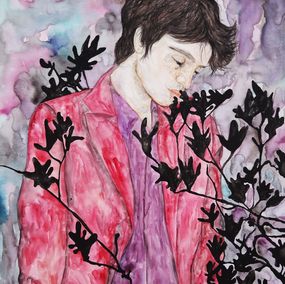
Hyperrealistic Paintings
Hyperrealistic paintings are a powerful fusion of precision, creativity, and emotion, pushing the boundaries of figurative art. These artworks stand out for their ultra-realistic representation of people, objects, and landscapes, often capturing every minute detail with such accuracy that they almost seem like photographs. Unlike traditional photorealism, hyperrealism goes beyond mere replication; artists introduce subtle changes to enhance the emotional depth and narrative of the subject, giving it a "truer" essence that resonates with viewers on a deeper level.
Emerging in the early 1970s, hyperrealism can be seen as both a revival of figurative art and an extension of Pop Art. This movement, which grew mainly in the United States, focuses on creating works that are not just exact replicas of reality but also carry strong emotional and social undertones. In fact, hyperrealistic paintings often act as a critique of society, offering a "window to reflect on our own inhabitance of the world," as curator Hervé Mikaeloff describes it in his selection for the Art Paris Art Fair. This genre invites viewers to question and explore the deeper meaning behind the hyperrealistic subject matter, which may vary from portraits to scenes depicting daily life.
In the evolution of art, hyperrealism serves as a contrast to the rise of abstraction in the 20th century, where artists like Picasso, Pollock, and Duchamp sought to break free from the traditional constraints of accurate representation. By the 1970s, hyperrealism emerged as a new direction, reviving a commitment to portraying the world in its full, detailed complexity. Although hyperrealism shares some roots with Pop Art and is influenced by the photorealist movement, it differs by adding personal artistic flair to its works, creating pieces that are as much about storytelling and emotional engagement as they are about technical skill.
The term "hyperrealism" was first used in 1973 by Belgian art dealer Isy Brachot during an exhibition in Brussels, which featured prominent American and European photorealist artists. Unlike photographers, hyperrealist painters go beyond the camera's lens by omitting or adding details to evoke a stronger emotional reaction. They often take a stance on social, cultural, and political themes, turning the hyperrealistic paintings into more than just accurate depictions—they become powerful commentaries on the world around us.
Discover the beauty and depth of hyperrealism with a diverse selection of works by celebrated artists such as Richard Harper, Charlotte Champion, and many others. These hyperrealistic paintings offer an opportunity to witness the extraordinary skill and narrative power of contemporary artists who challenge our perceptions and invite us to engage with the world in new and thought-provoking ways.
Save your search and find it in your favorites
Save your search to find it quickly
Saved search
Your search is accessible from the favorites tab > My favorite searches
Unsaved search
A problem occurred
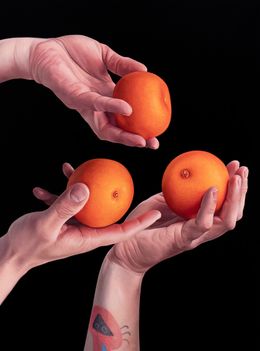






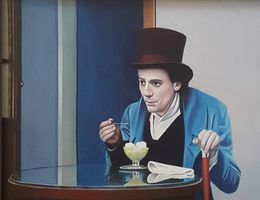




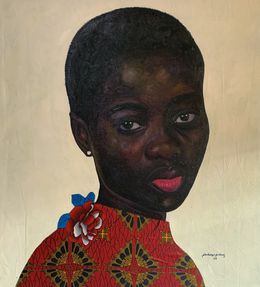
Bakare Abubakri-sideeq Babatunde
Painting - 121.9 x 111.8 x 2.5 cm Painting - 48 x 44 x 1 inch
$2,500

